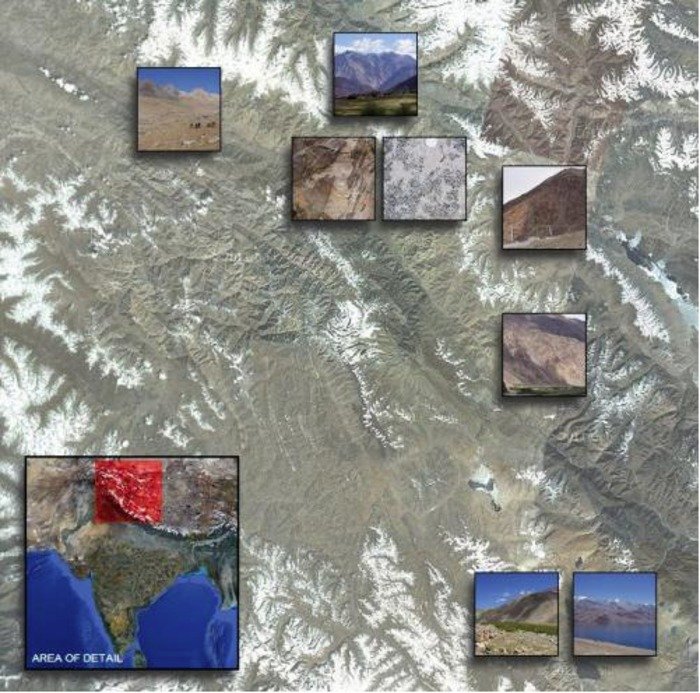CAMBRIDGE, Mass., Feb. 6 (UPI) -- The tectonic plate collision between India and Asia that created the Himalayas may have occurred 10 million years later than previously thought, geologists say.
India, moving northward at a rapid pace, crushed up against Eurasia and created a "crumple zone" we now know as the Himalayan mountains, but analysis of rocks from two regions in the mountains suggest there were actually two collisions, they said.















